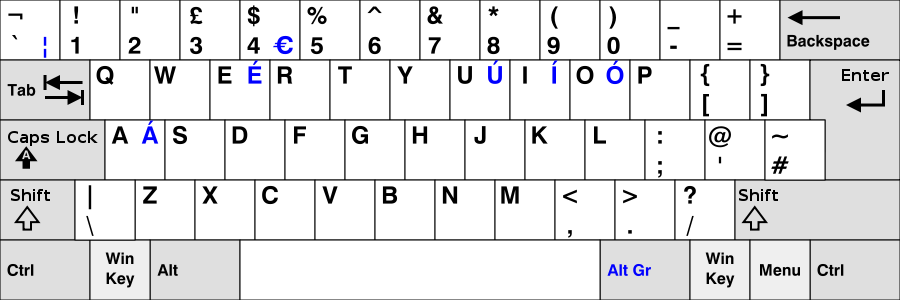
As this caused problems in the German passport, where names are written in capitals, an uppercase ß was introduced in 2017 to differentiate between Herr Strauss and Frau Strauß who would probably have been mistaken for a married couple STRAUSS at the airport before 2017. This probably explains why we didn’t have an uppercase eszett for the longest time. Note: There is never ß at the beginning of a word. Aus (Out) still has no ß, despite the diphthong preceding the s sound. There are exceptions to the rule, though. You could also just memorize the right spelling when learning vocabulary. The rule is pretty simple, but if you feel insecure, use a dictionary or a grammar checker to see if you got it right. Hear the difference between Fuß (foot) and Fluss (river)? Use ss after a short vowel: Pass (passport), hassen (to hate).Use ß after a long vowel or a diphthong (as long as no other consonant follows in the word stem): Straße (street), beißen (to bite).The spelling reform of 1996 set the latest rules: There were even times of hope to get rid of the eszett once and for all, but there was considerable resistance throughout the population (probably not from school children and German learners, though), so we are still stuck with the problem of when to use ß and ss. There were attempts to give some guidance for the usage of ß as opposed to ss throughout linguistic history.

This could explain why the Swiss opted out of the eszett circus in 1974 and finalized the decision in 2006 with the ban of the ß from official documents. To no one’s surprise, confusion around eszett is widespread – and not only among German learners.
AUSTRIAN VS GERMANY GERMAN KEYBOARD LAYOUT HOW TO
In short, over a few hundred years, the initially slightly different sounds for sz and ss became one in pronunciation, while in written form there still were different options for sz and ss.Ĭhoose your plan When and how to use eszett Another influence on the formation of ß might have come from the Tironian notes for sed and ser and the combination of long s and round s in the Antiqua typeface class to represent ss. With the invention of the letter press in the 15th century, the ligature ſʒ was invented to represent this often used combination. In blackletter script, the sz was a combination of the blackletter long s ( ſ) and the blackletter z (ℨ). The sounds developed into one over time, while both written forms were still in use. The ss, too, is a fricative but was originally produced in a slightly different way than the sz. The ss on the other hand goes back to the Germanic /s/. To avoid confusion, the Old High German gave the fricative sound as sz, the affricate sound as tz. So what is ß and where does it come from? In the 7th and 8th centuries the second Germanic consonant shift came up with two different sounds for the Germanic /t/ and /t:/, a fri c ative and an affricate consonant. If the German eszett and ss make the same sound, why do we have a ß in the German alphabet? The reason for this dates back to the 7th and 8th centuries and has to do with how we use ß and ss.

There are four ways to make two different s sounds in German: This indicates we have to deal with a special s sound here.

What is the German ß and what does it sound like?


 0 kommentar(er)
0 kommentar(er)
